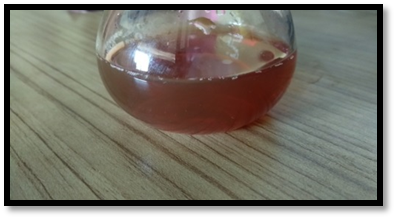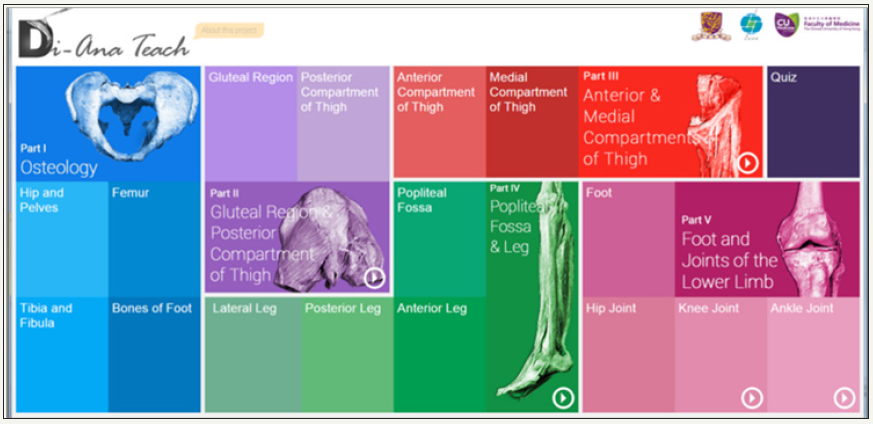“Lean Management”-A Method of Improving Change Management in Healthcare Organizations by Joanna Jasińska* in Determinations in Nanomedicine & Nanotechnology_ Journal of Nanotechnology

Abstract
The
aim of this article is to present selected ways of developing the management in
medical institutions in Poland with the help of Lean Management. The author
concentrates on processes of changes in clinical hospitals which include
dealing with special tasks in healthcare system, diversity of tasks, medical
technology, diversity of relationships with the surrounding, financing from few
different sources, limits of resources (especially public ones). The article
leads to a conclusion that Lean Management should be a way of thinking..
Introduction
The
production management system developed and implemented at the Toyota concern in
the period after World War II was recognized as a kind of miracle in the area
of management systems, enabling the improvement of productivity, quality and
efficiency of enterprises. For years, it was introduced to production systems,
as well as in health care and many entities operating in various sectors of the
economy under the name Lean Management, Lean Production or simply Lean. Lean in
management means eliminating losses and any factors not adding value to a
product or service. The key ingredient of Lean is continuous improvement
(kaizen). Niedziółka &
Piasek [1]. According to Graban, Lean is a set of tools, management system and
philosophy, whose introduction can change the way of organization and
management of medicinal entities. “A lean system is a method that allows
hospitals to improve the quality of patient care by reducing the number of
errors and reducing waiting times” Graban [2]. Permanent pursuit of perfection
in the management of manufacturing processes is not without a negative impact
on the satisfaction of healthcare
system employees. It is often not connected with raising salaries, improving
work safety or improving working conditions.
https://crimsonpublishers.com/dnn/fulltext/DNN.000521.php
For more articles in Journal of Nanotechnology,
Please click on below link: https://crimsonpublishers.com/dnn/






